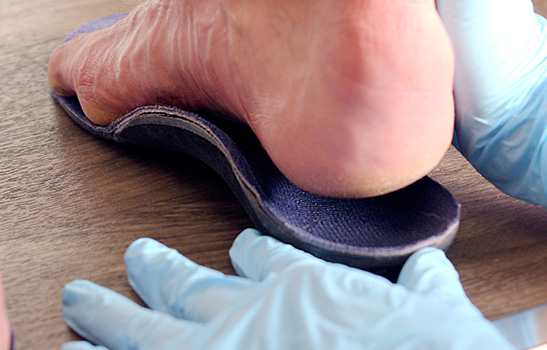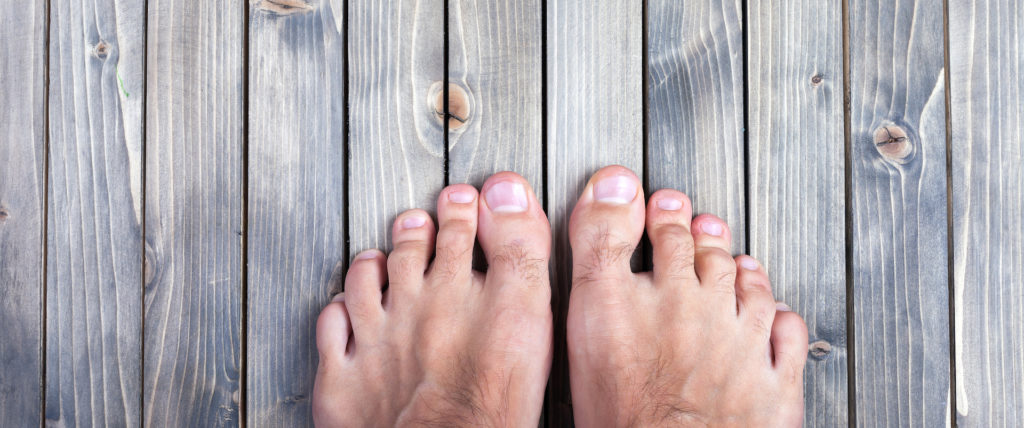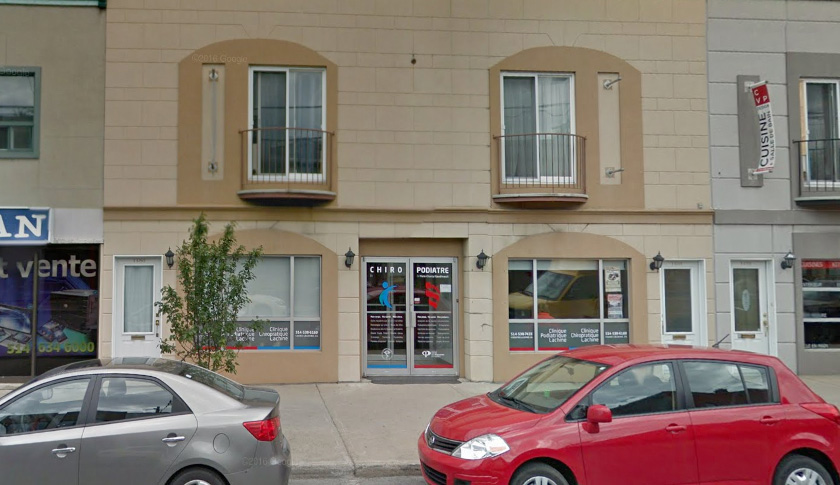Heloma or corns
A plantar corn is a skin lesion on the foot that looks like a bump of hard skin and may feel like a pebble in your shoe or cause a burning sensation between your toes. Corns tend to form in spots that experience too much pressure and/or friction. Most often, corns form on the sole of the foot, the outer side of the little toe, between the toes and, occasionally, on the top or side of a hammertoe.
See the causes See the long term complications See how to relieve yourself at home
Signs and symptoms of plantar corn
- Painful bump on a toe or the bottom of your foot
- Pain increases when direct pressure is applied
- Presence of a darker core in the center
- Damp, tender skin between your toes
- It feels like you are walking on a bump
- Burning sensation between the toes
What is the cause of plantar callus
Plantar corns happen when your skin wants to protect itself from pressure or friction. Skin responds to stress by thickening and prolonged stress can cause the skin to become so thick that it forms a painful bump called a “corn.” Corns are shaped like a cone or inverted pyramid and since they are made up of very dense skin, they can feel like walking on a pebble in your shoe.
What causes excessive stress on skin?
- Gait anomalies resulting in excessive pressure under certain parts of your feet (flat feet, hyperpronation, hallux limitus, bunions)
- Poor bone alignment (bones that are too long, too short, too mobile, etc.)
- Toe deformities (hammertoes, etc.)
- Foot deformities (bunions, bumps, flat feet, high arches, etc.)
- Shoes that are too narrow at the toe box
- Ill-fitting shoes (too big or too small)
- High-heeled shoes (putting excessive pressure on the ball of the foot)
- Sport-specific footwear (skates, dance shoes, soccer cleats, cycling shoes, rock climbing shoes, etc.)
- Steel-toe boots
- Wearing shoes without socks
IMPORTANT! Very painful corns are common among smokers—another good reason to quit!
Progression and consequences of plantar corn
Left untreated, plantar corns tend to get bigger, deeper and more painful, to the point where they can interfere with everyday life. Plus, painful corns can make you change your gait without even realizing it. This can trigger additional pain elsewhere in the body as you compensate.
If the pressure on your skin isn’t alleviated, blisters or ulcers may form. Since these can sometimes become infected, they are particularly problematic for patients with diabetes or vascular disease.
How to relieve a plantar corn pain at home
Start with choosing appropriate footwear that is long enough and wide enough for your feet. If you suffer from a foot deformity, it may be helpful to get your shoes professionally adjusted.
While you wait for an appointment, you can reduce the thickness of your corns using a pumice stone. This won’t eliminate the problem, but removing the outer layer can help alleviate some pain.
In some cases, pharmacy-bought insoles may temporarily reduce pressure and friction underneath your feet. However, insoles aren’t a long-term solution because they aren’t designed to treat your specific foot deformity.
Gel pads can protect toes from excessive friction, but this won’t stop the pain. A corn will continue to be painful until it is removed. Gel pads are note always helpful as they make your shoes too tight and this can exacerbate the problem by increasing pressure on your toes.
We don’t recommend using over-the-counter corn remover medicated liquids or patches. They can burn healthy surrounding skin and don’t completely remove the corn anyways. Your corn will still hurt, and you’ll be at risk of infection.
Diagnostic of plantar callus
A healthcare professional will be able to provide a diagnosis after inspecting your corn and removing a few layers of skin tissue. In rare cases, a biopsy may be needed.
What can my podiatrist do about plantar corn?
First, your podiatrist will diagnose the lesion and try to identify the cause. Then your podiatrist will carefully remove the entire corn using a special scalpel. Your podiatrist may apply special medication to reduce the size of the lesion and delay or prevent recurrence.
Next, your podiatrist will recommend ways to try to address the cause of the problem. They may recommend a biomechanical exam if they suspect that the corn was caused by a foot deformity or gait abnormality. In such cases, plantar orthotics are a preferred solution as they improve the distribution of pressure on the bottom of your feet.
Your podiatrist may also recommend custom silicone toe splints made for your specific toe deformity.
How to prevent plantar callus?
- Wear adequate footwear
- Wear socks with your shoes
- Get treatment for any foot deformities or gait disturbances
- Wear your plantar orthotics
- Remove excess layers of dead skin on your feet
- Obtain professional footcare on a regular basis to address calluses
- Wear gel tubes or toe spreaders/separators
- Get your shoes specially adjusted by a professional
You need to remove the root of the corn or else it will grow back.

Unlike plants, corns don't have a “roots”! Corns are simply an accumulation of thickened skin that is pushed into your foot. To relieve the pressure, the core of the corn must be removed. But preventing recurrence is not as simple as “pulling out a weed.” To prevent the corn from returning, the source of the pressure or friction must be addressed.
I’ve never had corns before, so this can’t be due to the way I walk.

Feet change over the course of a lifetime. The ligaments that hold the bones together can loosen, causing your feet to become flatter, wider and longer. Plantar foot pressures than become uneven and may cause corns. Also, foot deformities, such as bunions and hammertoes, worsen with time.
And if it was not plantar callus?
Different conditions may have similar appearance or symptoms:
- Plantar warts
- Foreign body
- Internal pain (caused by a cyst, bursitis, capsulitis, etc.)
- Molluscum contagiosum
- Athlete’s foot (between the toes)
- Plantar fibroma
- Seborrheic keratosis
- Basal cell carcinoma
- Amelanotic melanoma


